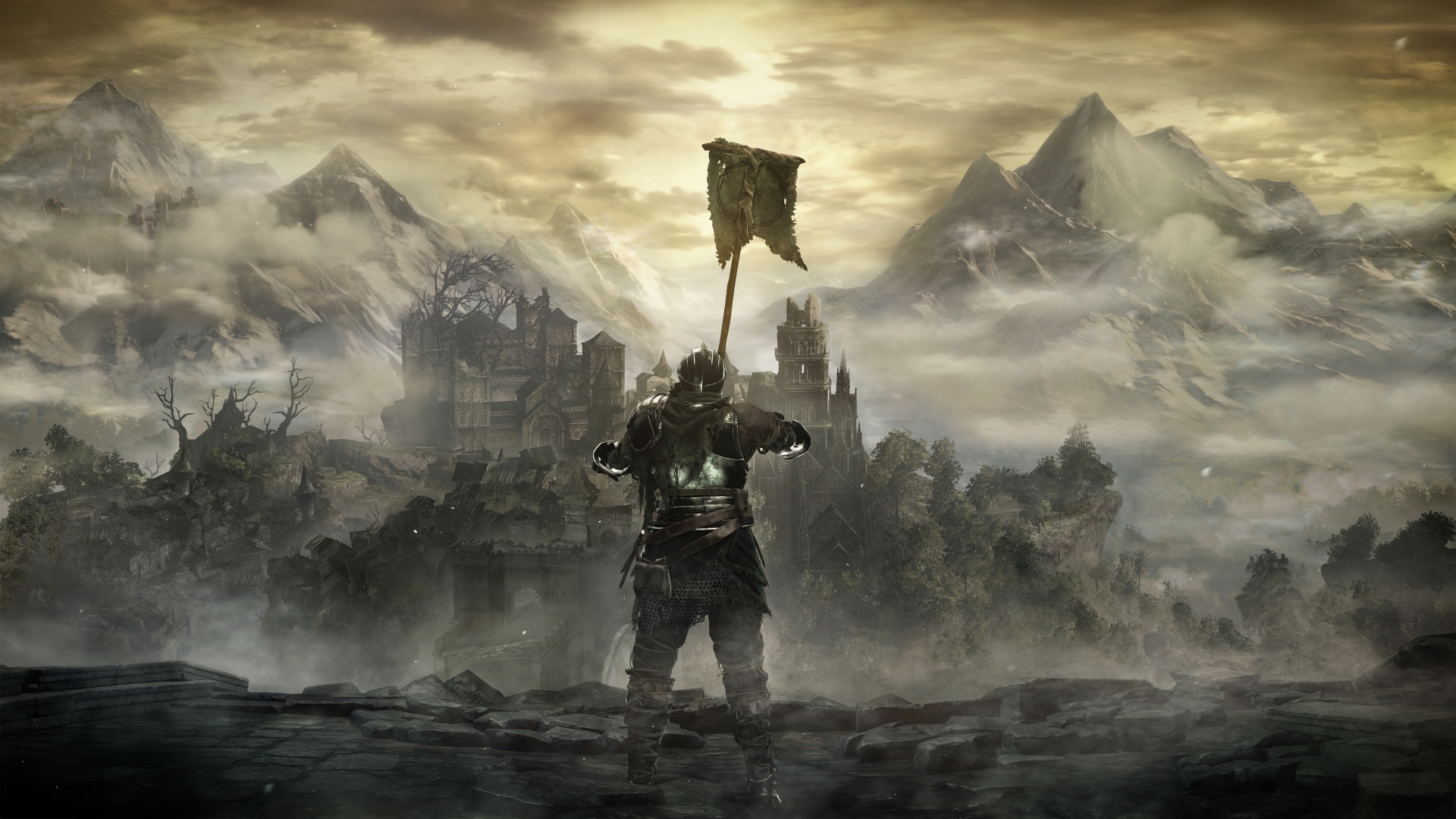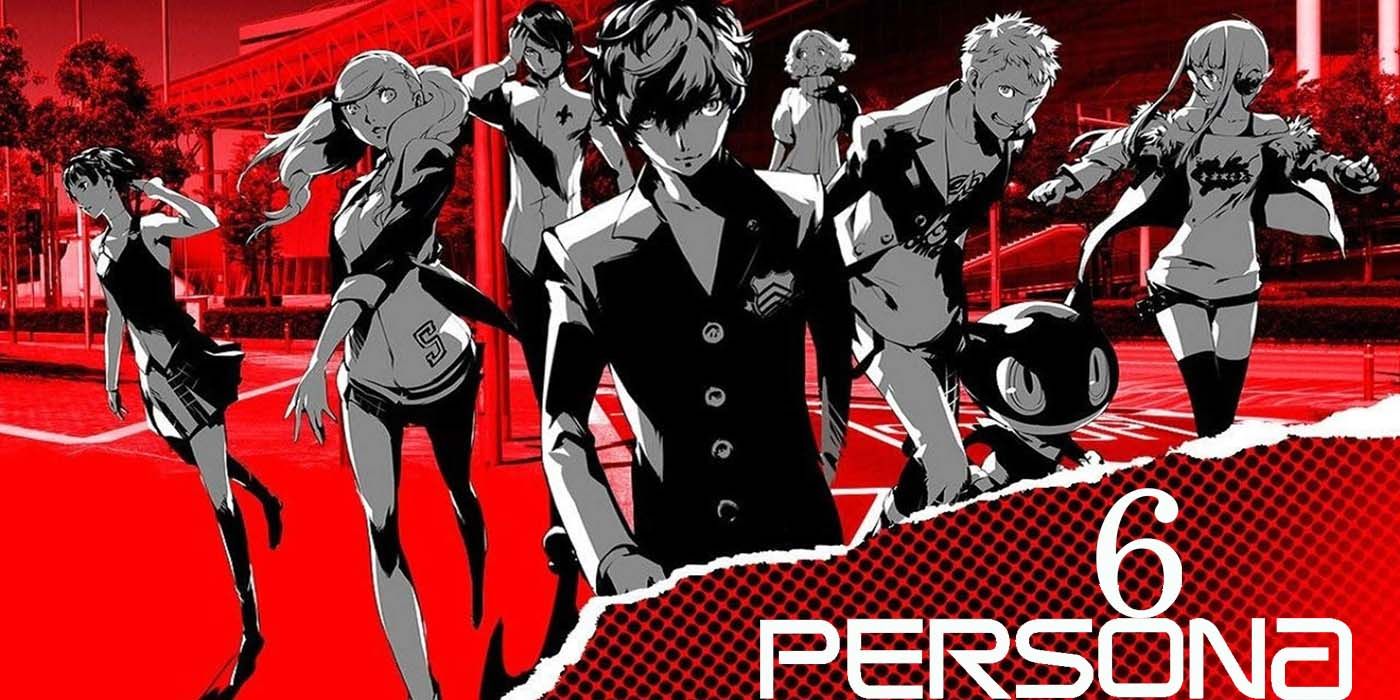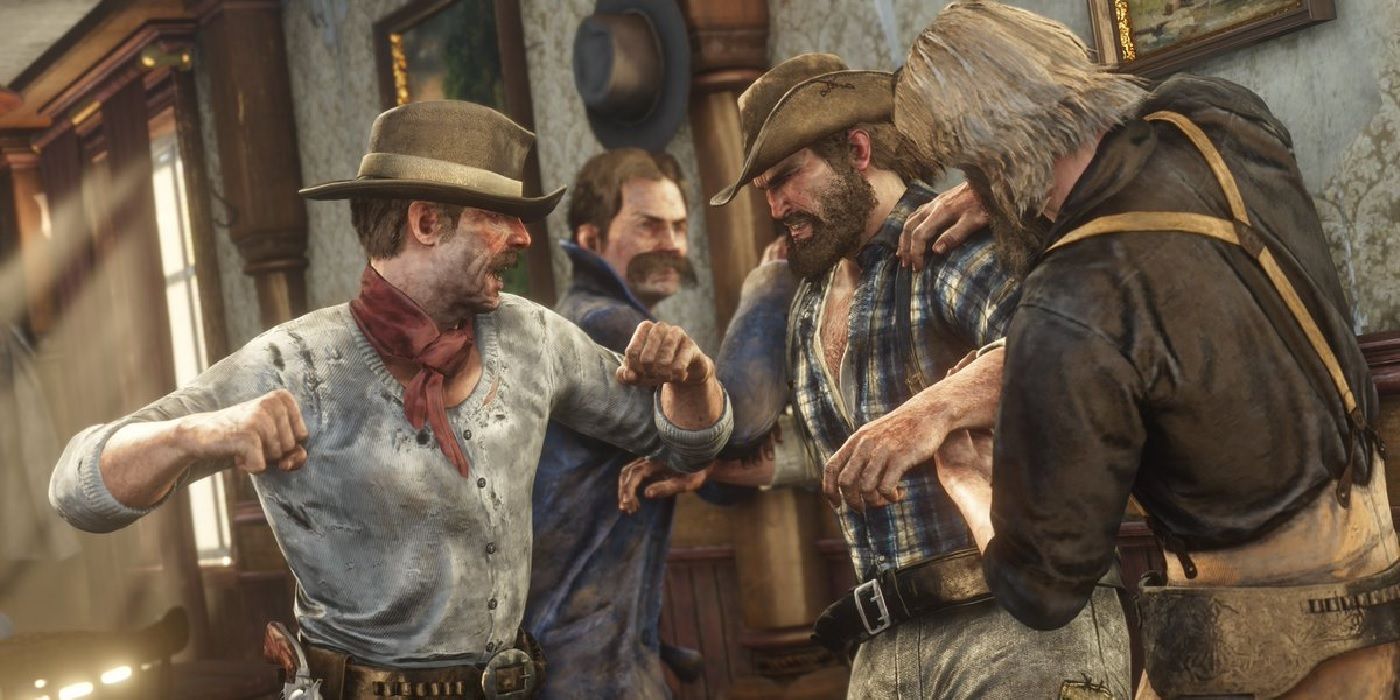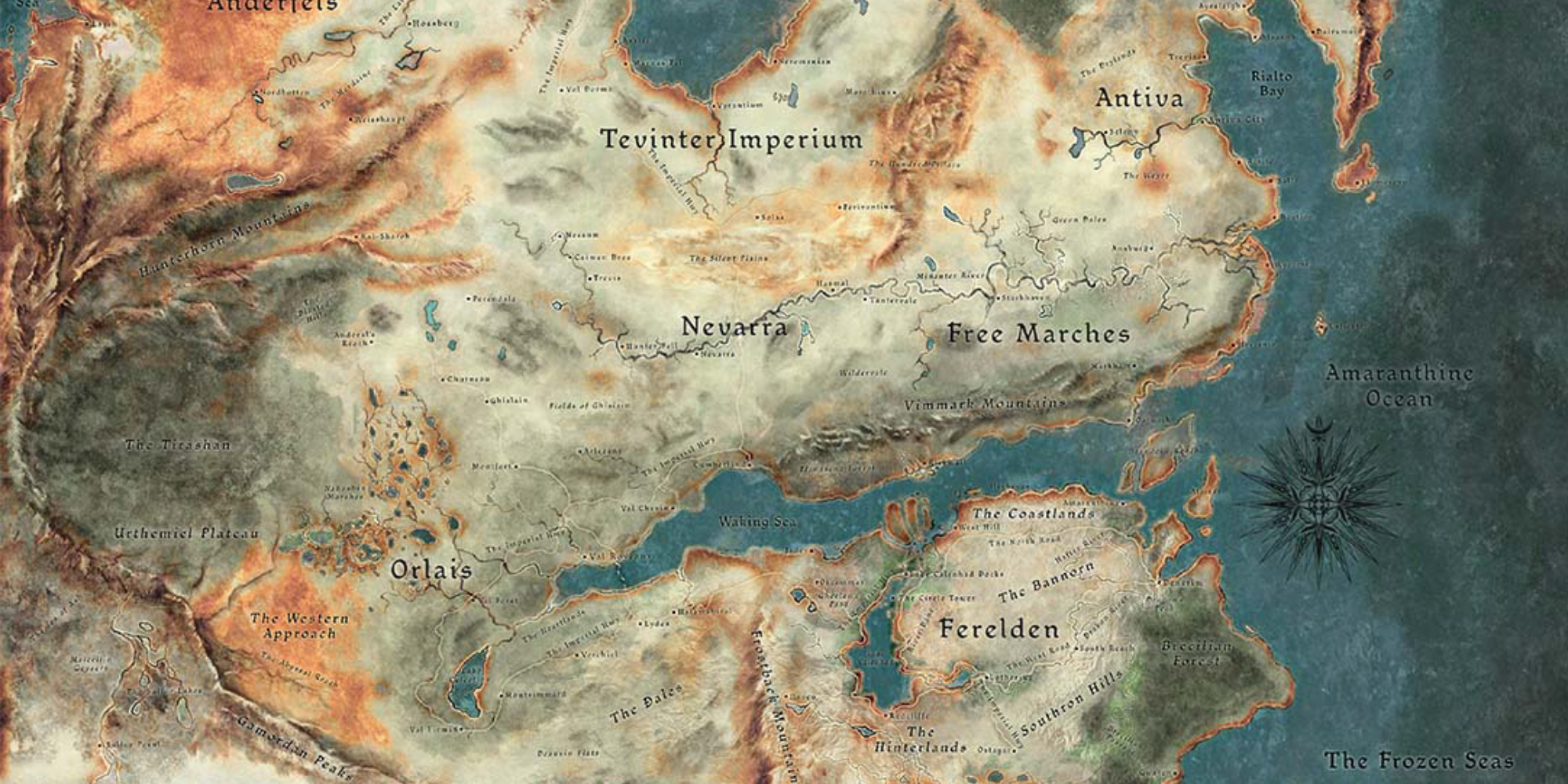
Those who enjoy Dragon Age: Origins will almost always experience something new on each playthrough. BioWare's dedicated team worked for years to create an immersive game that featured believable characters, wide-open maps, engaging battles, and nuanced storytelling.
RELATED: Which Dragon Age Has The Biggest World Map?
Behind the scenes, Dragon Age went through a number of different versions before it became the game series we know and love. In this article, we provide details about some of the things that went on behind the scenes as this fantasy epic was in development.
How Thedas Got Its Name
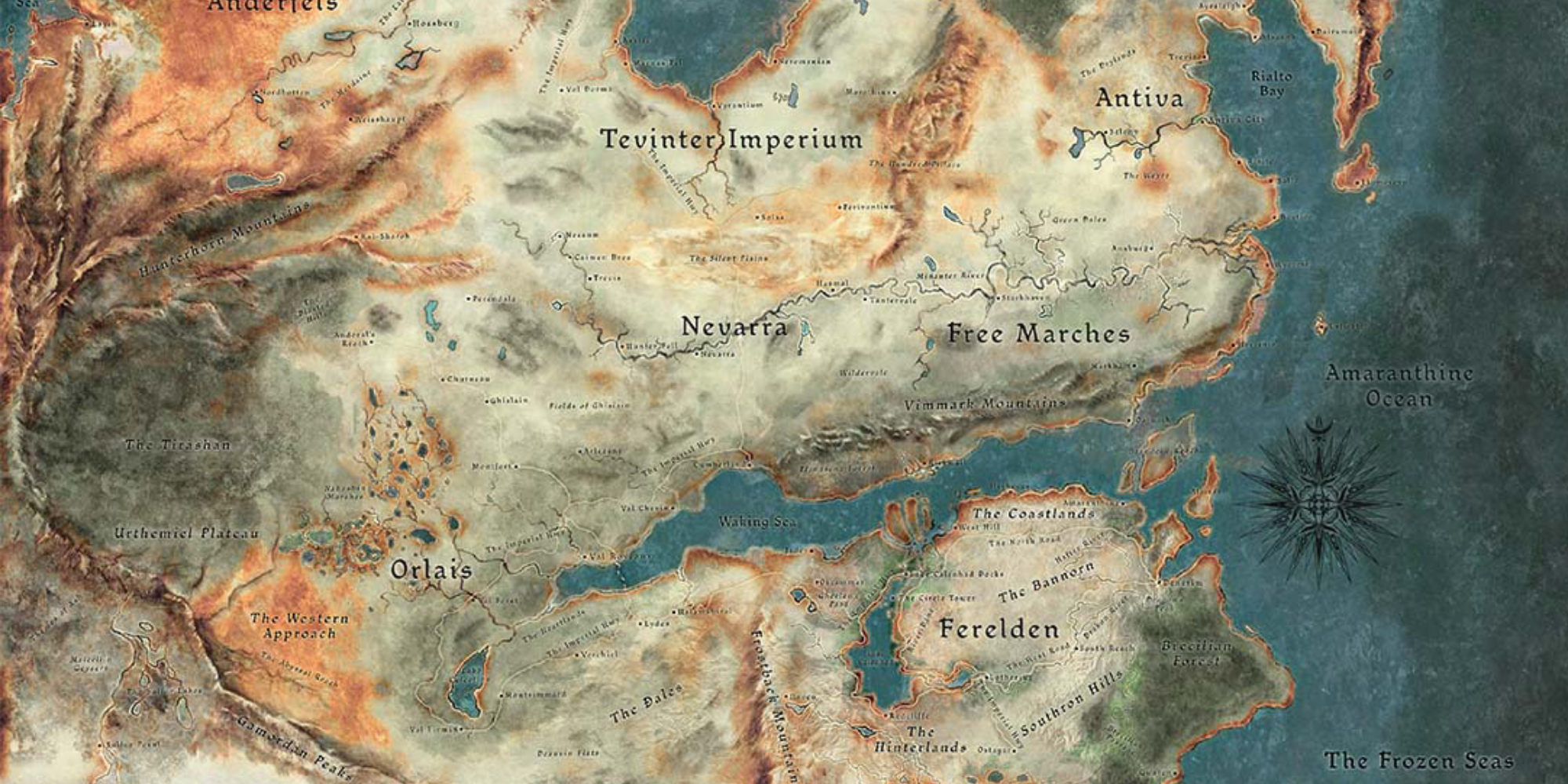
Before Dragon Age: Origins was released, fans of BioWare speculated about the game's plot, theme, characters, and more. Online, Dragon Age's was only referred to as "The Dragon Age Setting," which was eventually shortened into an acronym: The D.A.S.
BioWare took that acronym and ran with it, proving all the fans right. The acronym turned into "Thedas" and went on to be the name for the known world inside Dragon Age games.
It Was Supposed To Be Narrated By Morrigan
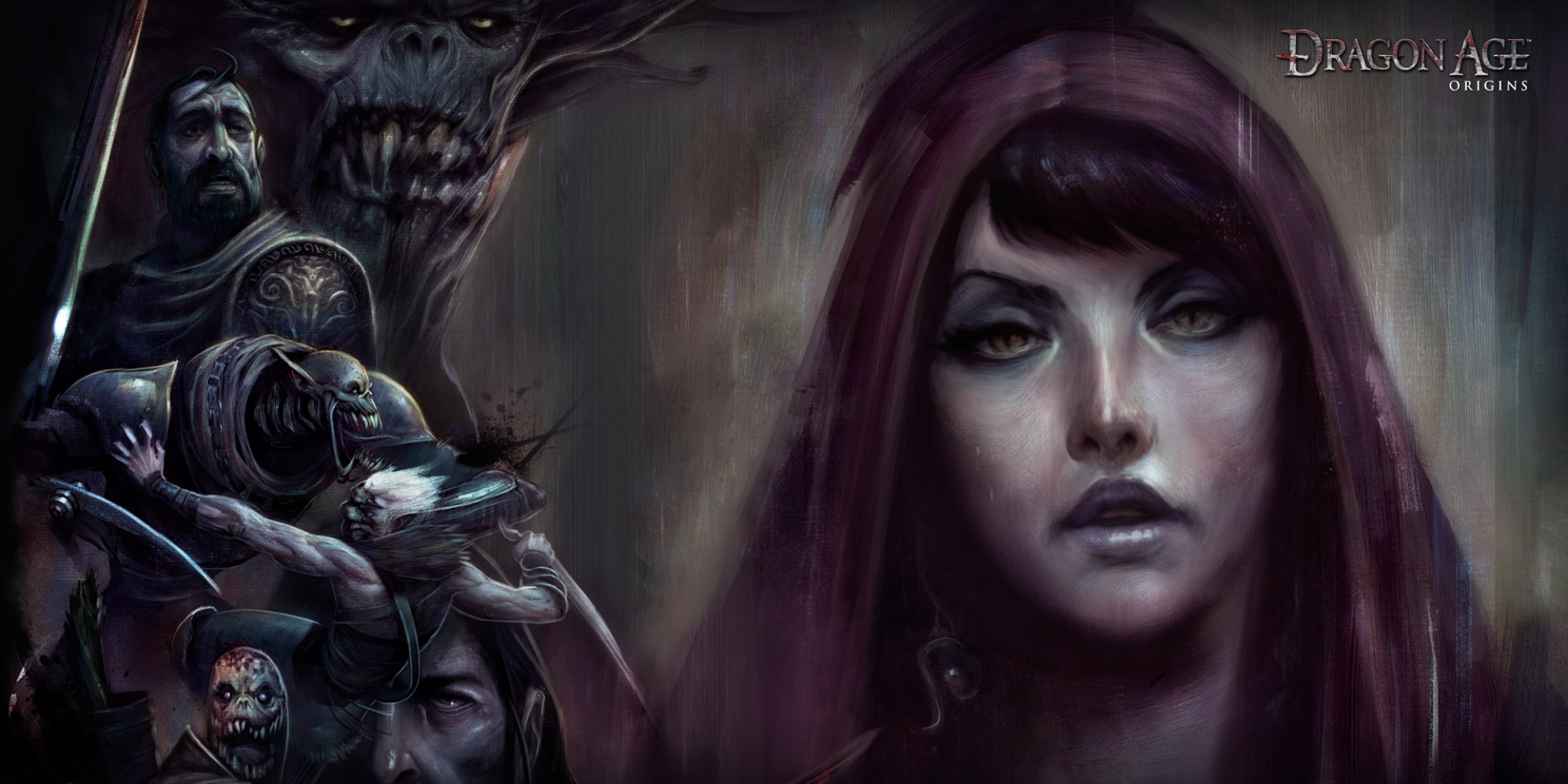
Dragon Age: Origins had a very different title at first. In its early development, BioWare was calling it "Chronicle." The name referred to the fact that the game was literally going to be a chronicle – told in retrospect by a narrator.
When fans think of a narrator for Dragon Age: Origins, they probably think of Duncan. He's an NPC who brings the player into the Grey Wardens and sets the entire game in motion. The game starts with his narration of how Darkspawn came to exist in Thedas and then details the players' chosen Origin. However, Morrigan was originally planned to be the game's narrator. She was going to tell the story years later as an old woman, as she reflected on the events of the game.
Half A Dozen Origin Stories Were Cut From The Game
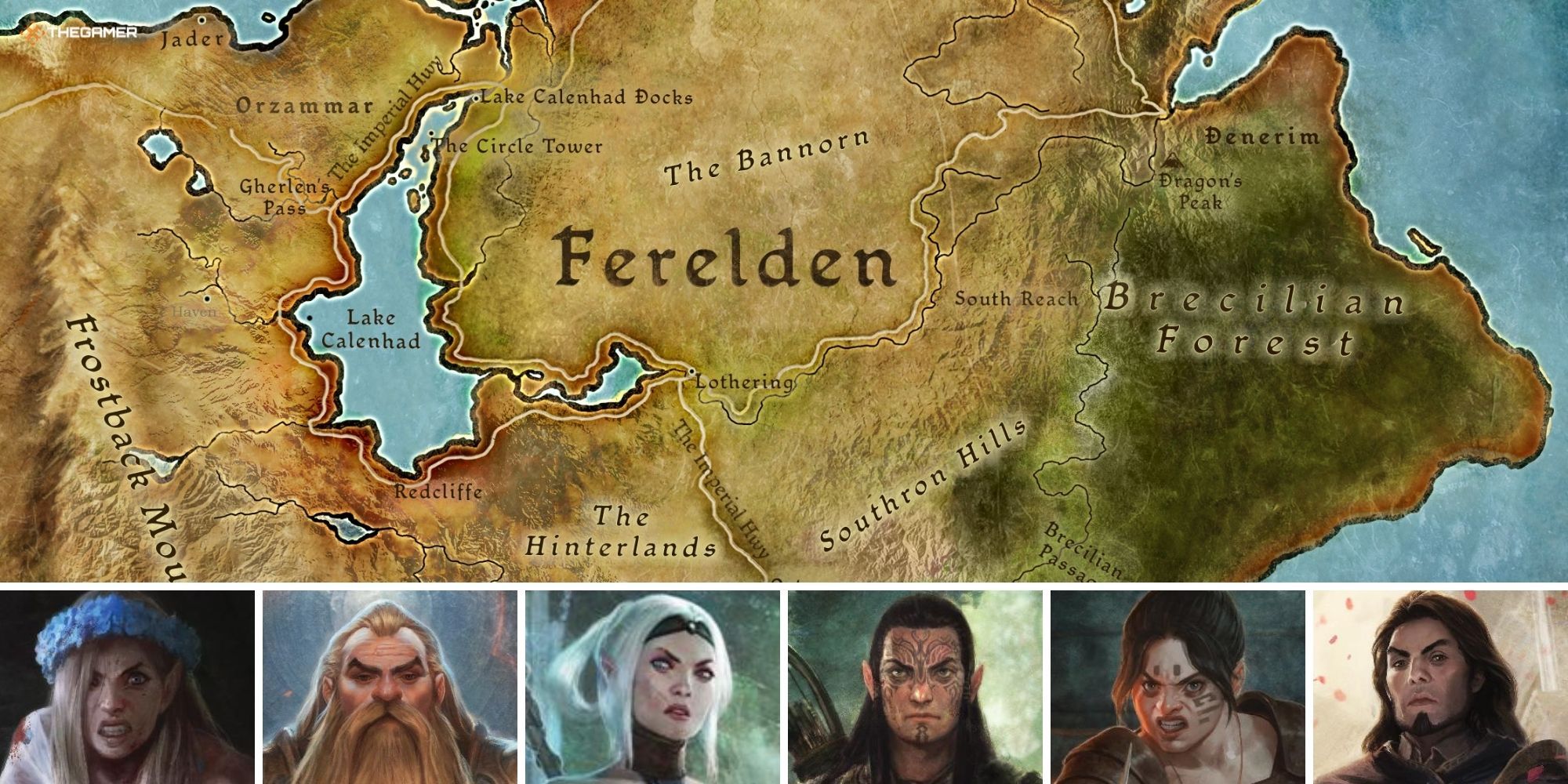
Dragon Age: Origins as we know it features six well-crafted and expansive background stories that a new player can choose from. When development started, there were actually twelve planned. Some of the cut Origin stories went on to inspire new races and settings for the franchise, though.
RELATED: The Best BioWare Companions
One example is the Avvar. They're a race that is distantly related to humans, but the gene pool divided when some ancient humans decided to live in the mountainous regions between (what we now call) Ferelden and Orlais and went on to evolve into strong, tall warriors known as Avvar. The Avvar race (which didn't appear in Origins but did appear in Awakening and Inquisition) was inspired by a cut Human Origin where the player would have started the game in a barbarian-style tribe.
Dragon Age And The BioWare Forums
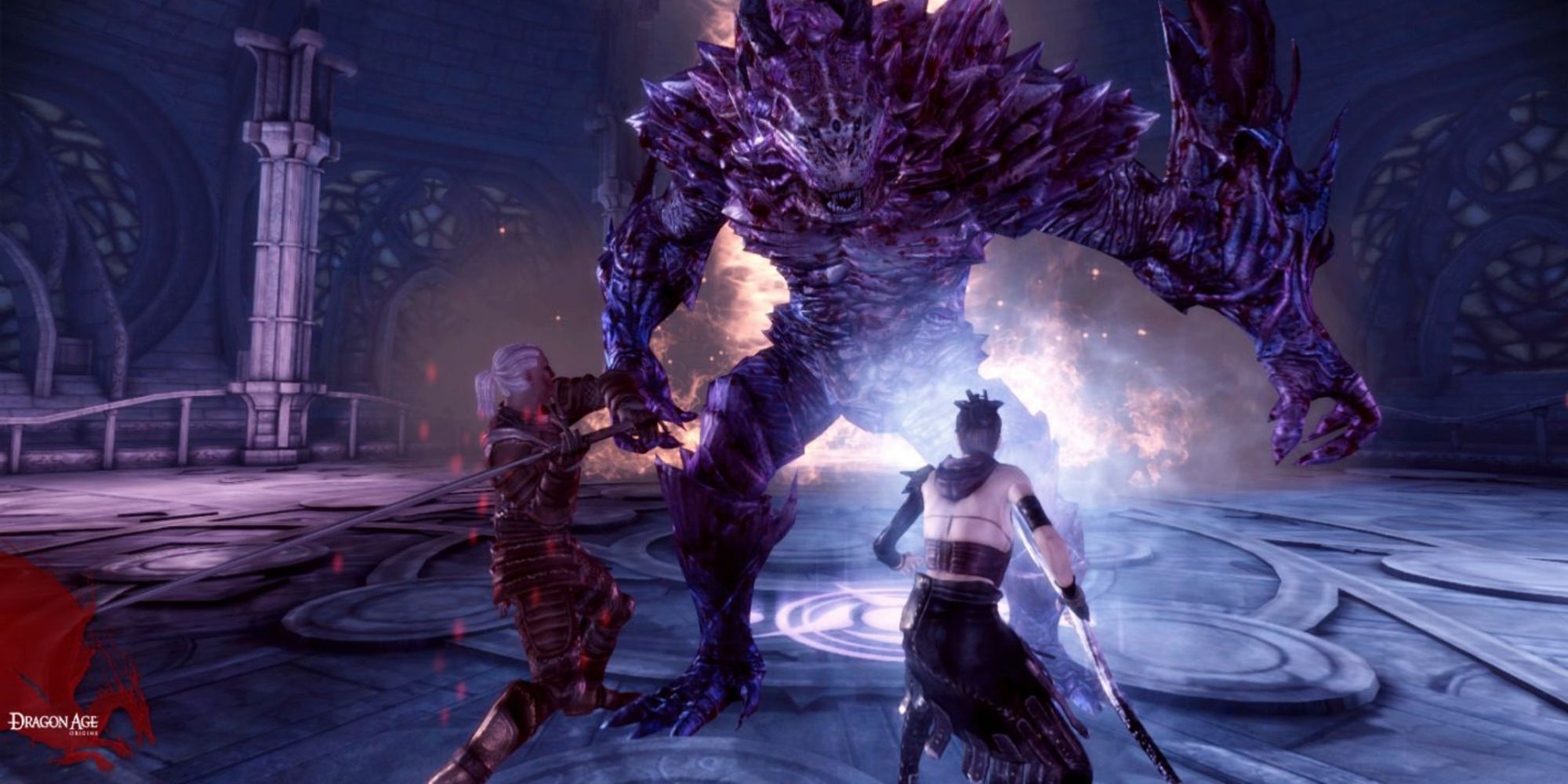
BioWare had tons of fans due to its success when making games like Baldur's Gate, so their forums were abuzz before Dragon Age: Origins came out and during the first few years after its release. Developers for the game were active on these forums, especially a few key writers.
More of the game (and of subsequent games) than you might realize was inspired by these forums. A number of easter eggs that made their way into the final product, for example, were subtle references to conversations that took place on the forums.
Why BioWare Chose The Fantasy Genre
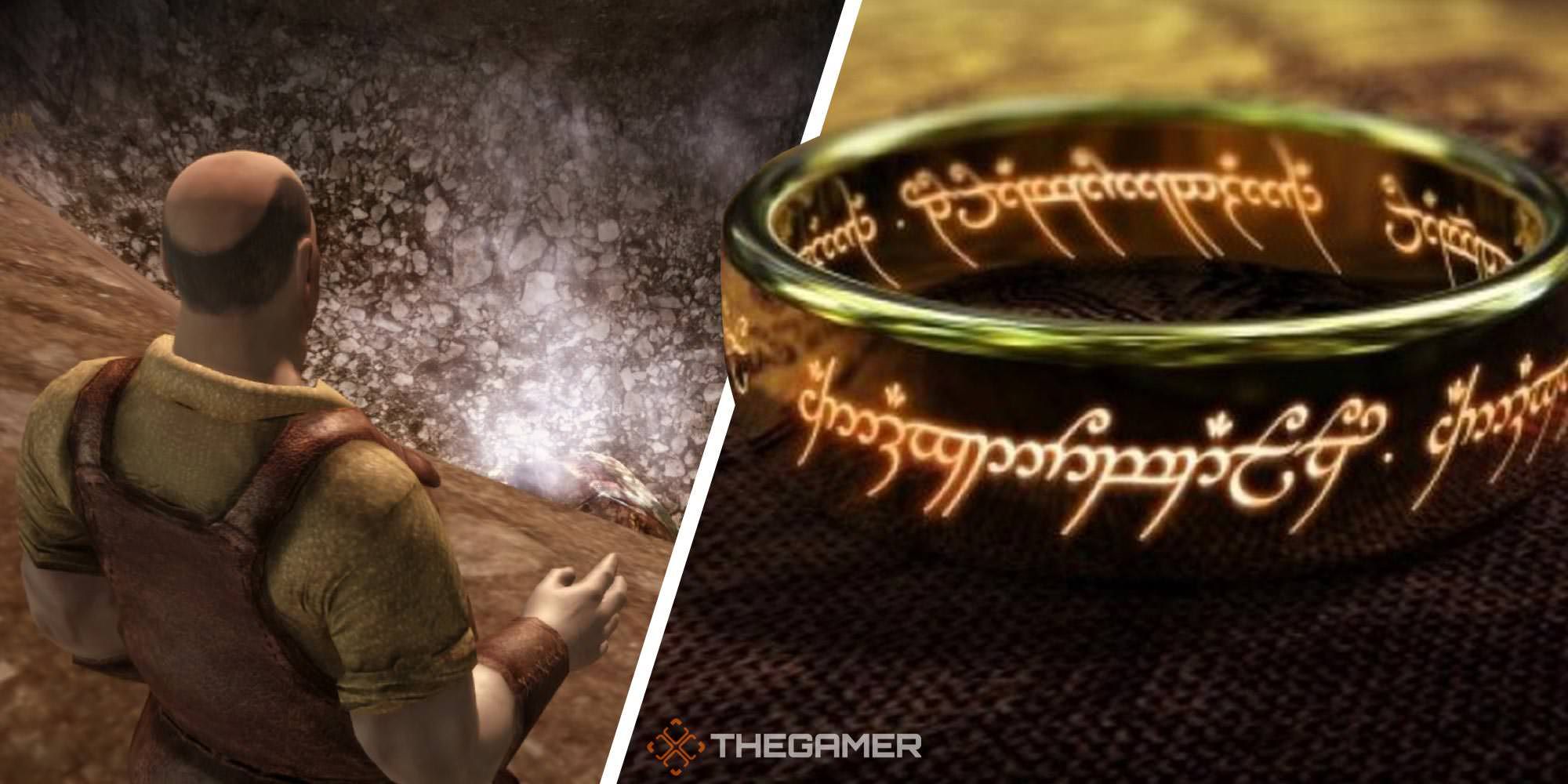
Before BioWare made the two franchises its best known for these days (Dragon Age and Mass Effect) it was still working on science fiction and fantasy games. They made Shattered Steel, which was received well (but players weren't blown away by), and Baldur's Gate, a Dungeons and Dragons IP which went on to be so popular that it almost matched the sales of the first Diablo.
When Dragon Age: Origins was still barely an idea, the company – and specifically the game director, Dan Tudge – chose to tell a fantasy story in their new game because they felt that they were at their best in that genre. Decades later, millions of fans worldwide would agree!
Fluffy The Ogre
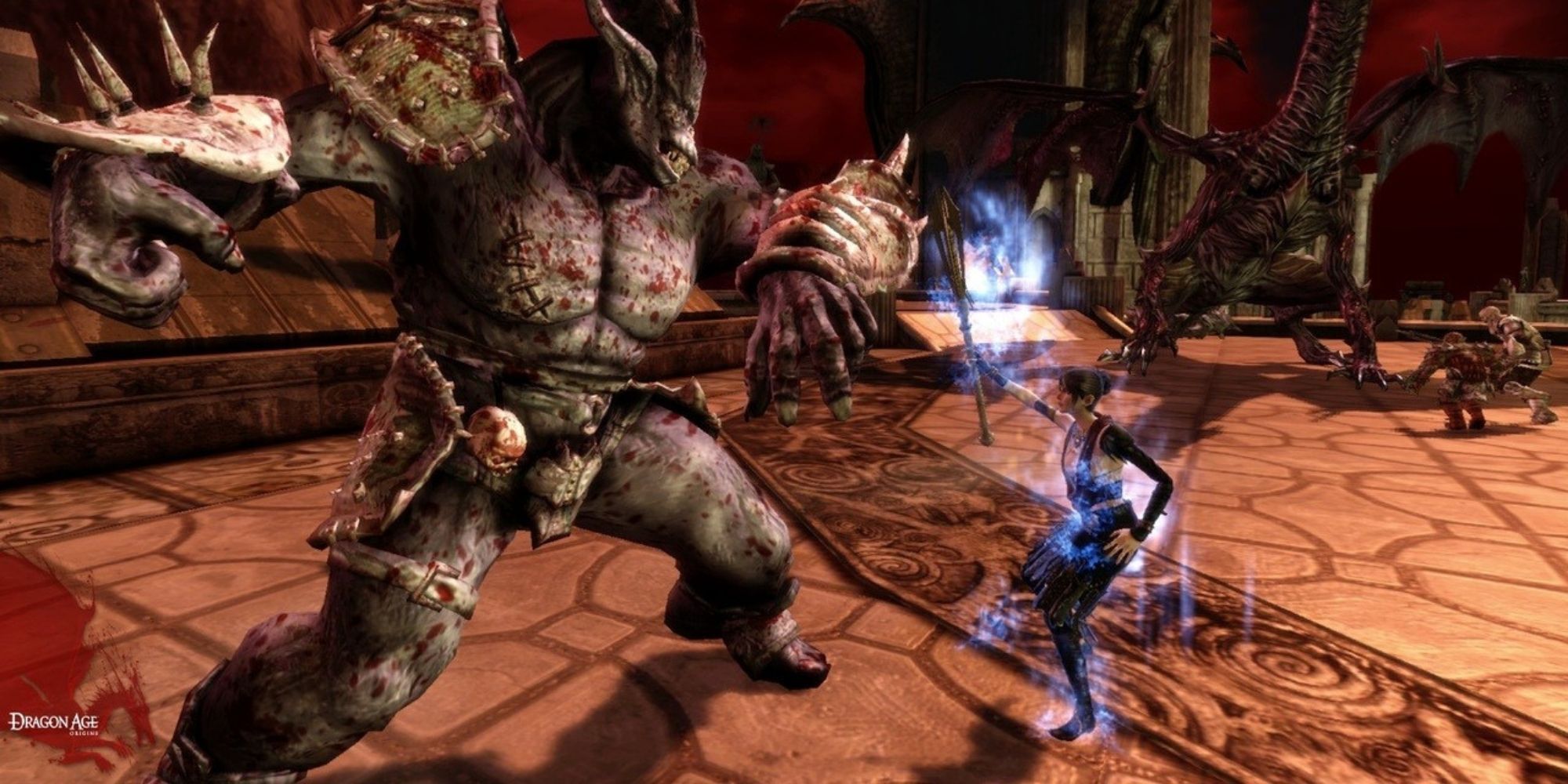
The Ogre was one of the first designs that BioWare made when working on Dragon Age: Origins – alongside a human male in medium armor and Teryn Loghain. It's undoubtedly an important enemy; an ogre is one of the first significant bosses you're faced with during the gameplay.
RELATED: Hidden Easter Eggs In Dragon Age 2
Behind the scenes, the Ogre model had a lot of time to percolate in the brains of the developers. They eventually came to affectionately (and ironically) call him "Fluffy."
There's No Karma System To Avoid Judging Your Choices
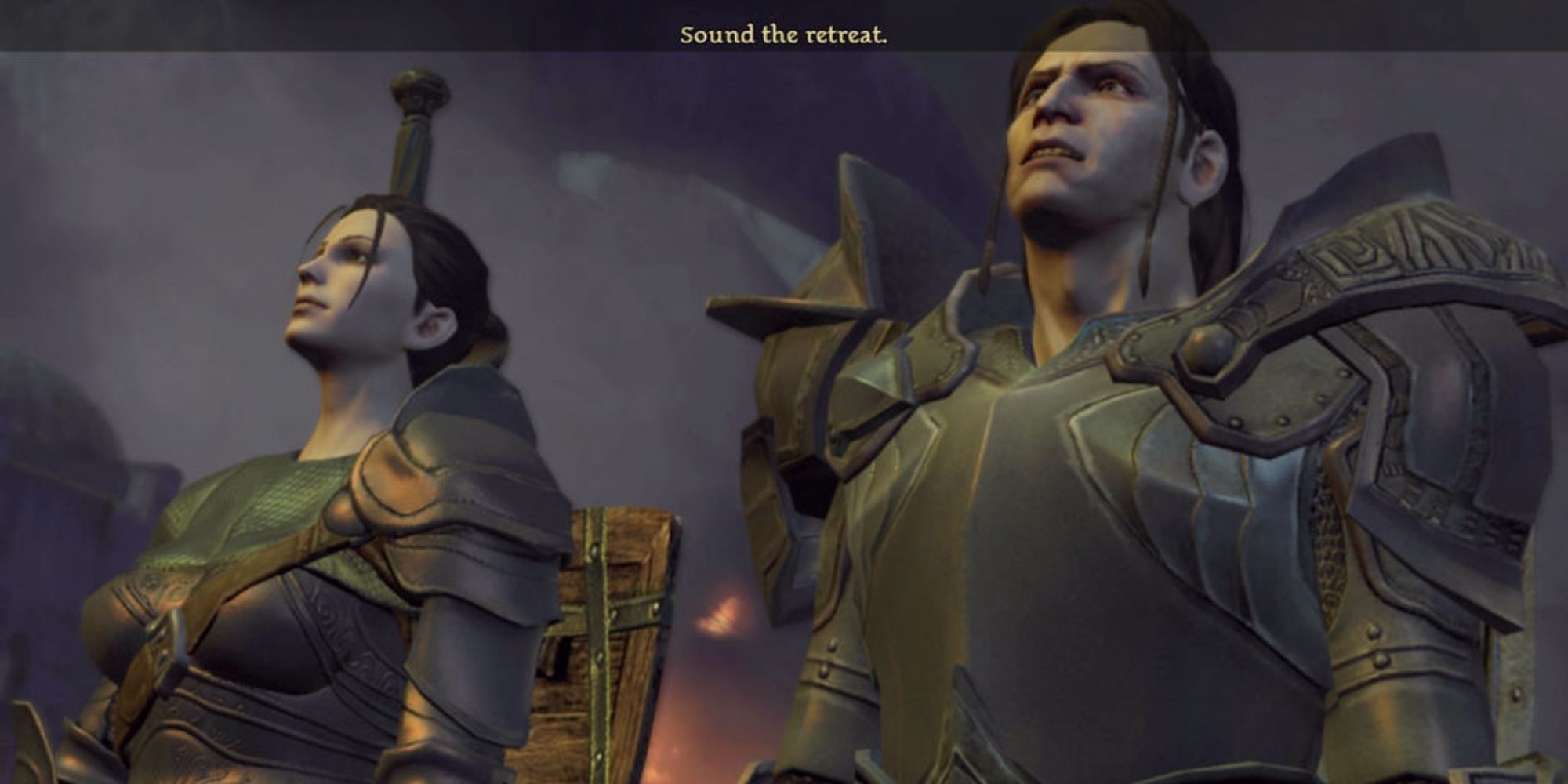
Mass Effect, the first game in BioWare's other hit franchise, included a Paragon and Renegade system which determined your character's personality. Taking certain dialogue options or making particular choices could earn you points towards one or the other. Paragon characters were the "good guys" – they made selfless decisions, helped the less fortunate even at their own cost, and did the morally right thing. Renegade characters were the opposite: "bad guys" who looked out for themselves above all else. This system has often been critiqued for making Mass Effect games too black and white.
The Dragon Age Team purposefully didn't include any system like this into their game to avoid the suggestion that there are "good" and "bad" choices to be made. It doesn't really fit in the Dragon Age universe as it does for Mass Effect – there are hundreds of small choices to make and the Dragon Age team recognized that the choice you made in a given situation is a reflection of your character's nuanced experiences, not some arbitrary good-to-bad metric.
King Cailan's Romance With Empress Celene
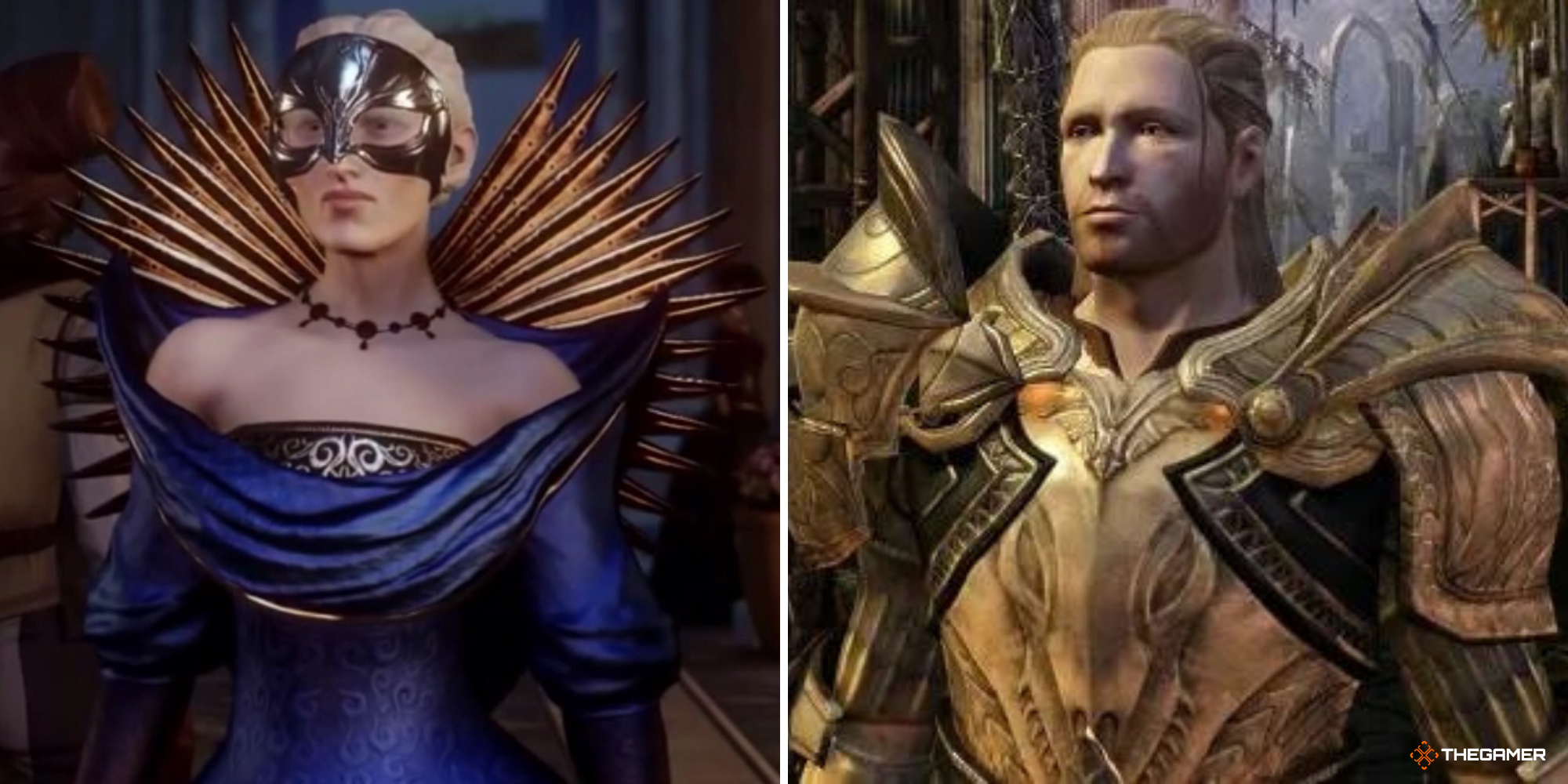
It's subtle, but during the course of Dragon Age: Origins, there are hints that Cailan, the King who died during the game's introduction, was having an affair with a foreign royal – Empress Celene of Ferelden's neighboring country, Orlais.
These small suggestions are actually the remnants of a plot that was cut from the game. Originally, it was going to be revealed that Cailan was indeed having an affair with Celene and was planning to leave his wife, Anora, to be with her. Teryn Loghain, Anora's father and a primary antagonist of Dragon Age: Origins, was going to have discovered Cailan's plan. The only solid remaining proof of this storyline is in the DLC, Return To Ostagar, in which Loghain has dialogue about it if he was brought on as a companion.
Finding An Actress To Play Morrigan Took Longer Than Any Other Character
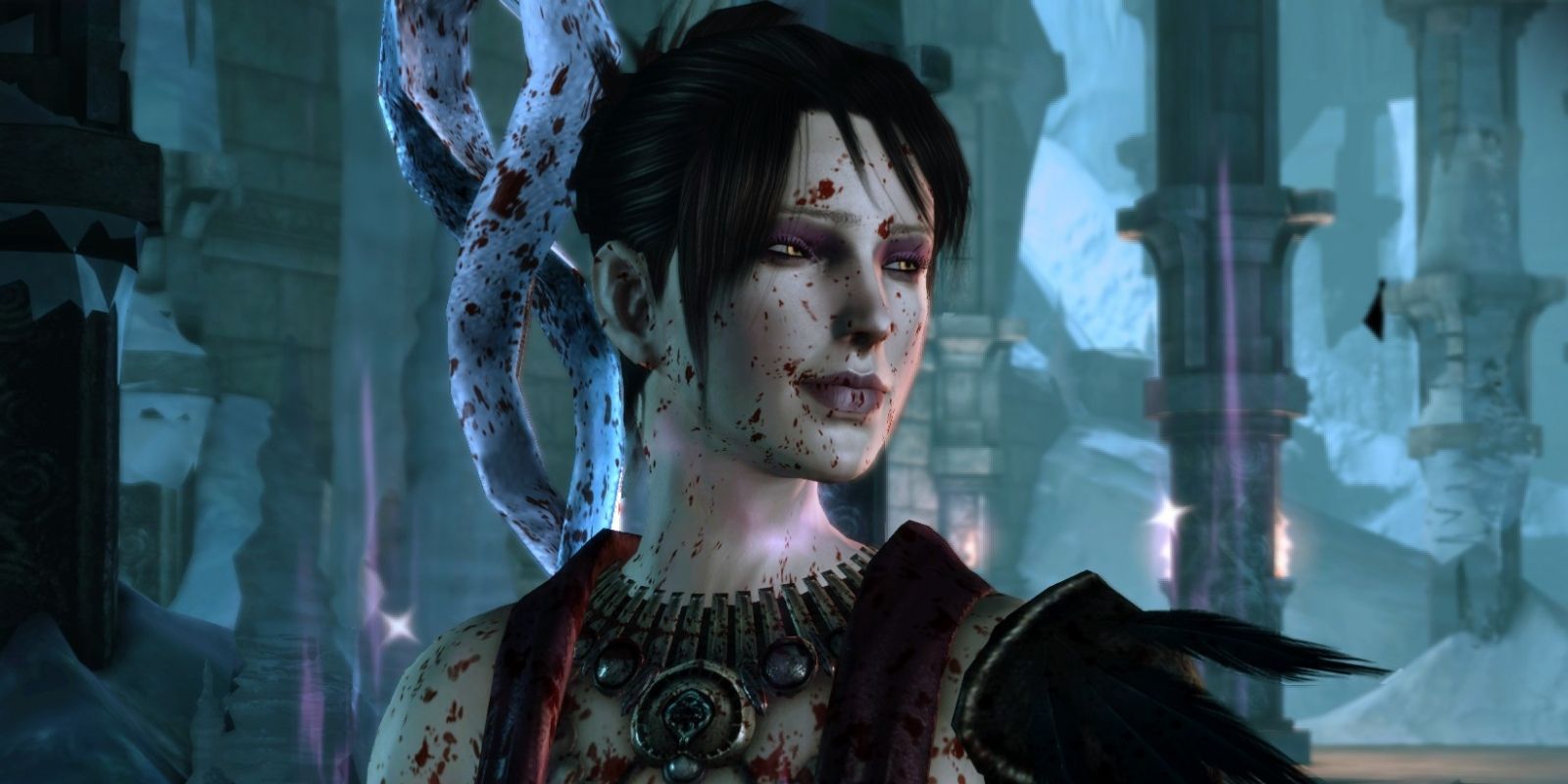
After Loghain, the human male in medium armor, and the Ogre, Morrigan and Alistair were the next characters to be created. As fans of the game know, they are critical to the story and their quirky personalities do a lot to bring the game to life.
RELATED: Dragon Age Elven Gods Who Could Appear In DA4
Of all the characters that they had to cast for the story, finding an actress to play Morrigan took the longest. She had to be perfect for this uniquely challenging role. Thankfully, Claudia Black has done a spectacular job of voicing the sassy witch and she did return for Dragon Age: Inquisition to provide her voice again.
How BioWare Balanced High Fantasy And Low Fantasy
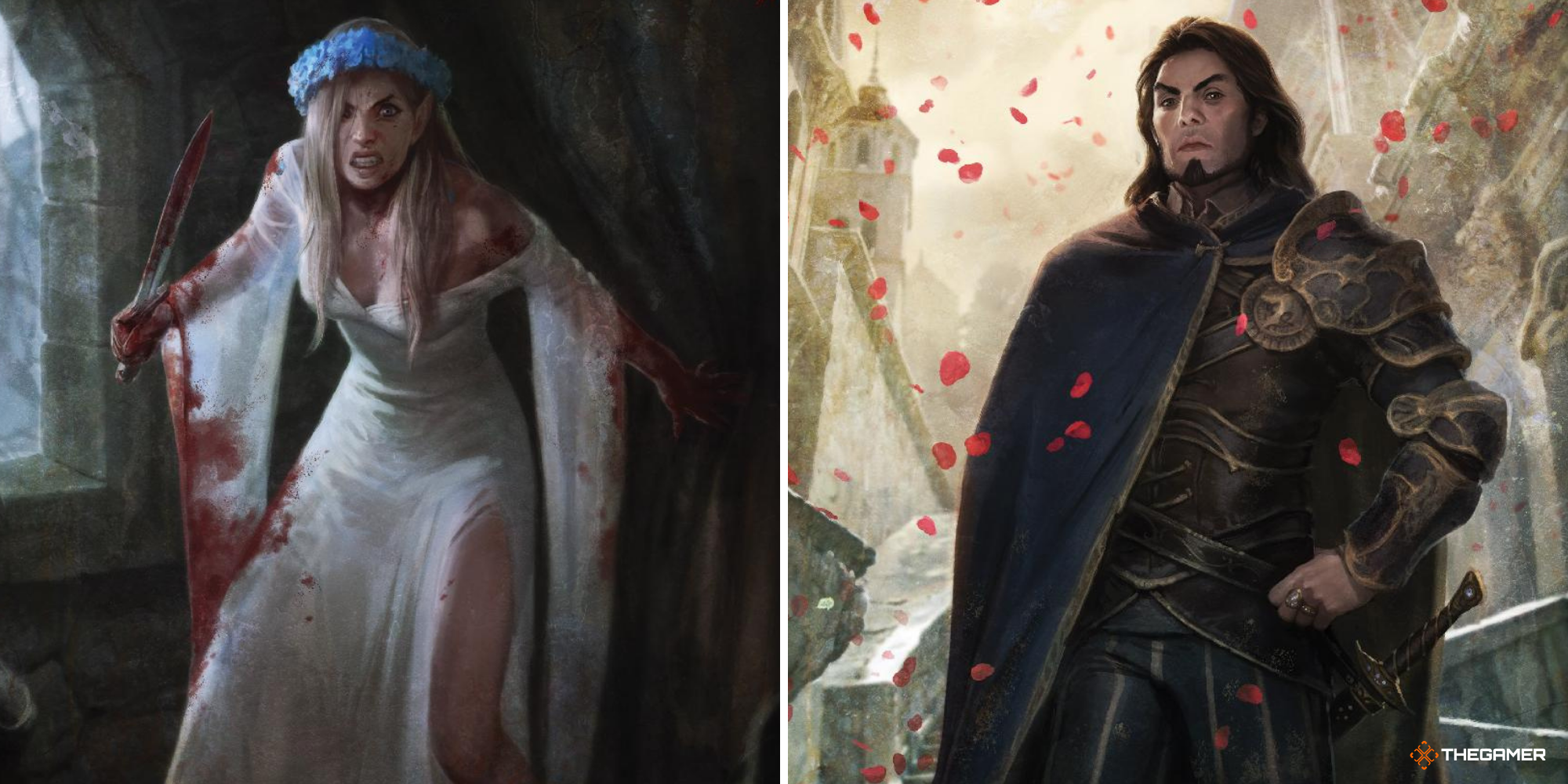
Though BioWare was enthusiastic about creating a fantasy environment, they didn't want to simply repeat the things that people have been seeing in popular culture for years. One of BioWare's founders, Greg Zeschuk, once said that they were aiming for something between "high fantasy, like J.R.R Tolkien's works, and "low fantasy," like George R.R. Martin's works.
One way they did this was by purposefully subverting the genre. For example, elves in fantasy are often an advanced and wise race compared to others, with magical abilities and sprawling castles. In Dragon Age, elves may once have been as grandiose as that, but are now a lower-class species, enslaved and looked down upon by humanity, the dominant force.
NEXT: Dragon Age: Things You Didn't Know About Blood Magic
